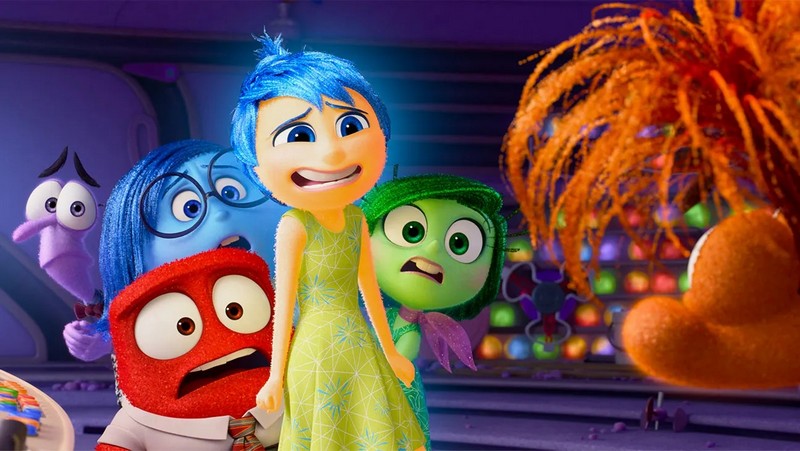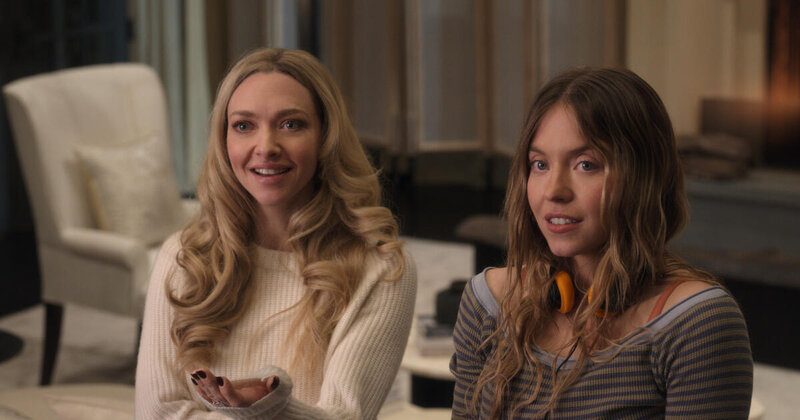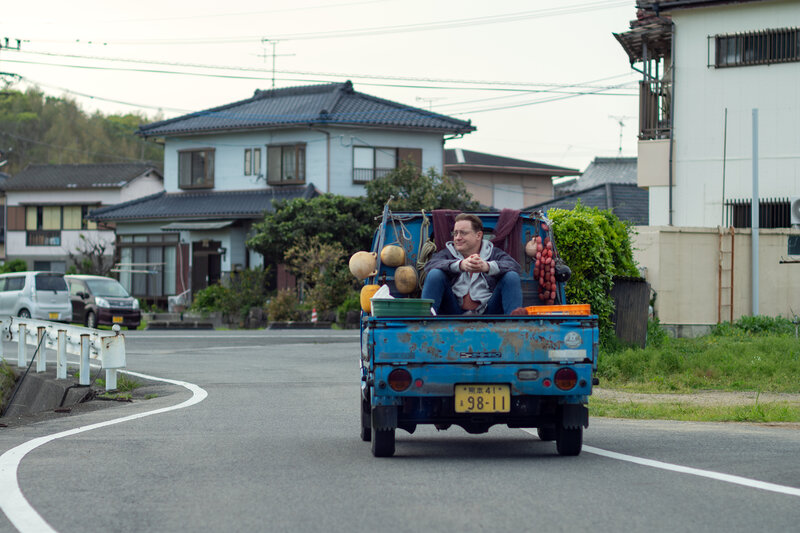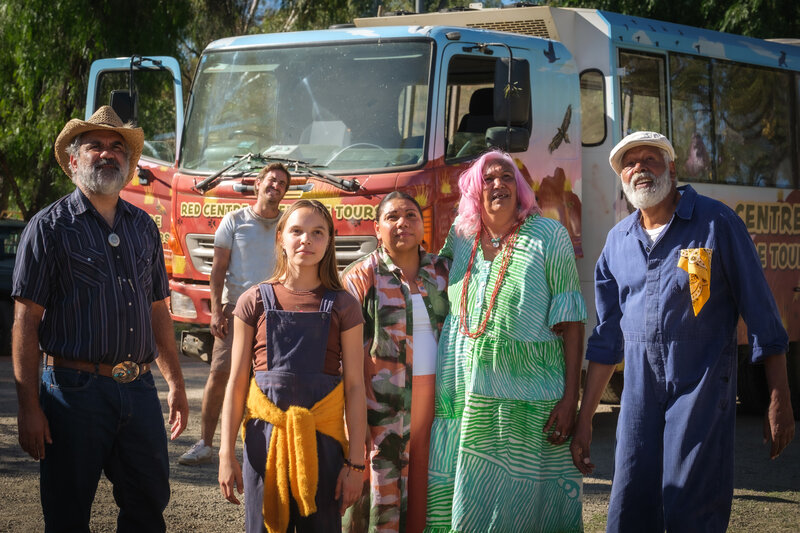Finally, a sequel I can get behind! Maybe it’s got something to do with the fact Pixar have taken nine years to come up with a sequel to 2015’s Inside Out, but they’ve delivered something pretty special with Inside Out 2.
I think the main reason this film works is that it actually makes sense. This isn’t a cheap attempt to cash-in on the popularity of the original. Debut feature director Kelsey Mann and the writing team of Dave Holstein and Meg LeFauve have carefully crafted a compelling narrative that hits all the familiar beats of the original while overlaying new characters and themes.

In the original, Riley Andersen (voiced this time around by Kensington Tallman) was 11 years old. Now she’s 13 and we all know what that means… Yup – puberty. The film depicts it as an alarm going off, which is pretty close to the mark. Her original emotions were pretty basic – Joy (Amy Poehler), Sadness (Phyllis Smith), Anger (Lewis Black), Fear (Tony Hale), and Disgust (Liza Lapira). In this film, a bunch of other, more complex emotions appear, led by the rather manic Anxiety (Maya Hawke). She’s joined by Envy (Ayo Edebiri), Embarrassment (Paul Walter Hauser) and the so-on-brand Ennui (Adèle Exarchopoulos).
These new emotions appear at a critical juncture. The onset of Riley’s puberty coincides with the summer break, and an important (ice) hockey camp that could be the gateway to the high school team. The transition means she’s going to be separated from her two best friends Bree (Sumayyah Nuriddin-Green) and Grace (Grace Lu); since they’re going to be going to different high schools after the break. So the camp throws up a stark choice – stick with her old friends, or try to break into the “cool kids” group of the high school team. Their leader is Valentina “Val” Ortiz (Lilimar); and when Val takes an interest in the talented but awkward Riley, the die is seemingly cast – especially when Anxiety gets control of the console that guides Riley’s choices.
The story flits between Riley’s attempts to fit in at camp, and a quest by the original emotions to recapture Riley’s “sense of self” that’s been upended by the new emotions. What makes it work is the two strands of the plot complement each other. This lends a texture to the film that enriches the experience. It also helps that the film’s depiction of puberty is both shockingly accurate and inventively rendered. In fact, the visuals throughout are generally amazing; notably the way the film represents Riley’s emotional growth. If I had one quibble though, I found the character design of Anxiety a little simplistic compared with the loving rendering of the others.
The film pulls off one of the great feats in cinema – making a movie that appeals to kids, and which adults not only get, but strongly relate to. Holstein and LeFauve deliver a story with heart, humour and complexity – a combination often missing from animated movies. The voice talent is of course top-notch. There’s also a lovely little cameo that I won’t spoil but it features one of the greats. Andrea Datzman provides a beautiful and unobtrusive score to accompany the action.
Inside Out 2 is a brilliant example of just how often Pixar gets it right. The filmmaking team have crafted a loving, emotionally real film that doesn’t just reference the original but actually builds on its legacy.
David Edwards
Other reviews you might enjoy:

David Edwards is the former editor of The Blurb and a contributor on film and television





